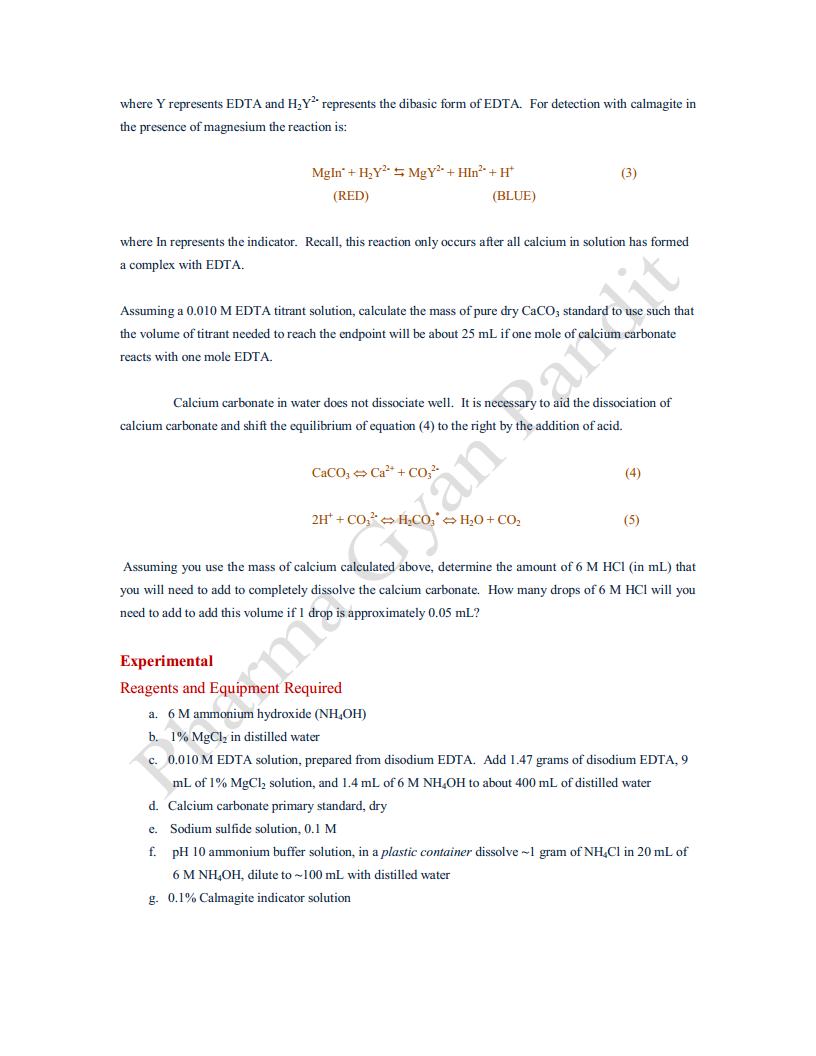Redox
Titration
As their name implies, these reactions make use of the reactivity
of the oxidizing/reducing pair. During the reaction, the oxidizing ion, whether
it is the analyte or the titrant, is reduced by gaining one or more electrons
as the reducing ion is oxidized, losing one or more electrons.
These reactions
are less common than acid/base reactions but involve a wider range of titrants
including:
Oxidizing agents
• Iodine,
potassium dichromate, potassium permanganate solutions
• Cerium IV salts, hydrogen peroxide, oxidized chlorine (e.g.
ClO- and ClO2)
Reducing agents
• Sodium
thiosulphate solutions, oxalic acid, ammonium iron (II) sulphate (Mohr’s salt),
hydrogen peroxide, phenyl arsine oxide (PAO)
This titrimetric method is mainly based upon the change of
the oxidation number or electrons transfer between the reactants, that is,
these reactions are mainly based upon the oxidation-reduction reactions. In
oxidation-reduction titration method, a reducing substance is titrated with
standard solution of an oxidizing agent (e.g., ceric ammonium sulphate) or an
oxidizing substance is titrated with the standard solution of the reducing
agent.
PRINCIPLE
The principle involved
in the oxidation-reduction titrations is that the oxidation process involves
the loss of electrons whereas the reduction process involves the gain of
electrons.
Oxidant
+ ne ↔ Reductant
These tend to take
place in strongly acidic media and consume H+ ions. A medium containing
sulphuric acid (H2SO4) or phosphoric acid (H3PO4)
is therefore required, as can be seen in the examples below:
KMnO4 reduction
(potassium permanganate) to Mn2+ by the oxalate ion (COO-
) 2
2 MnO4- + 5
C2O4 - + 16 H+ ----------> 10 CO2 + 2Mn2+
+ 8 H2O
Fe(II) oxidation to
Fe(III) by the dichromate ion (Cr2O7 ) 2-
6 Fe2+ + (Cr2O7
) 2- + 14 H+ ---------> 2 Cr3+ + 6 Fe3+ + 7 H2O
When dealing with an
unknown reaction, we recommend writing the equation to discover the stoichiometric
coefficients and obtain the analyte/titrant consumption.
Fields of application
A.
Environment : COD of water
& Oxidation capacity of water by permanganate
B.
Determining the analyte / titrant equivalence
C.
Food and beverage: Determination
of free and total SO2 in water, wine,
alcohol, dried fruit, etc.
D.
Pharmaceuticals: Synthetic &
herbal medicines assay
E.
Surface treatment: Titration of
copper or tin using iodine, Titration of chromium VI
F.
Petrochemicals: Determination
of water in hydrocarbons





















































